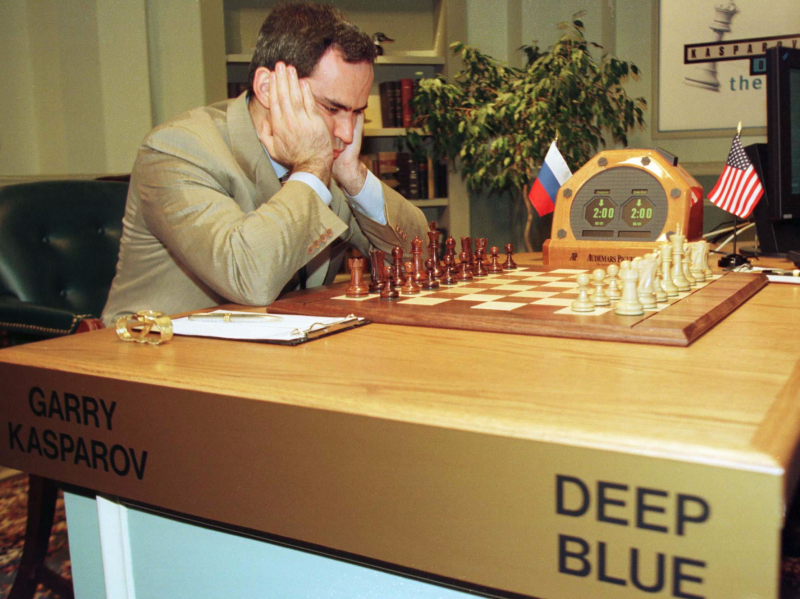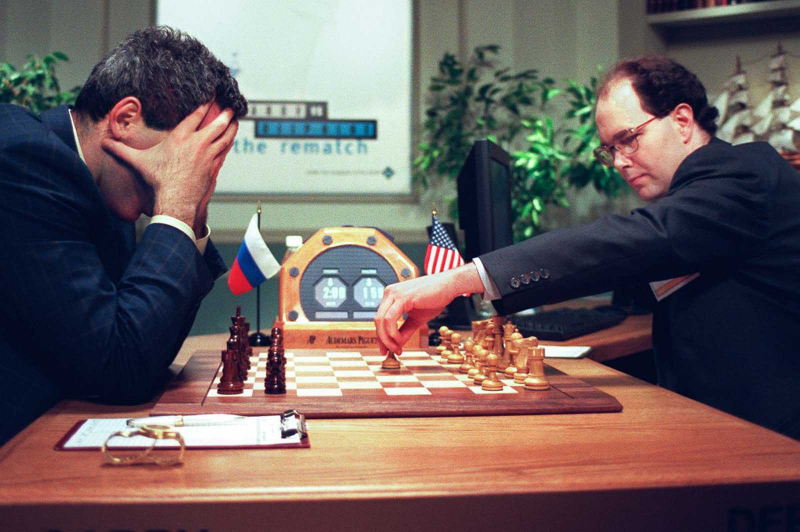How Deep Blue Beat Kasparov at Chess
People have certain expectations of a chess champion. Or at least one thing, which is the capacity for chess victory. When IBM developed Deep Blue, a computer that could play chess at an expert level, there was some serious skepticism as to whether a machine could defeat Garry Kasparov, who had long been regarded as the best of the best in the game. Kasparov asserted that he had no chance of losing. Though he did.
Midway through the game, at the 44th move, Deep Blue made a move that many onlookers found both puzzling and fascinating. A rook was moved by a computer. It also had no justification. Really, the action wasn't either defensive or offensive. Most people thought it was useless. Some strategists viewed it as the first shot in a long-term plan, sacrificing a component that wasn't necessary in order to play defense while going on attack. And most people concur that it frightened Kasparov. He was unable to determine the computer's objectives. Even the idea that a human master had stepped in was floated.
Despite winning that first round, Kasparov would go on to lose the following two, draw the next three, and lose the sixth, giving the computer the victory overall. Years later, one of Big Blue's creators claimed that the move that perplexed Kasparov was only a bug. The computer was unable to select the best move due to a problem, so it chose a default move—a random one—because it was unsure of what to do. However, it sufficiently confused Kasparov and led him to believe that the machine was far smarter than it actually was that he was never able to recover.












